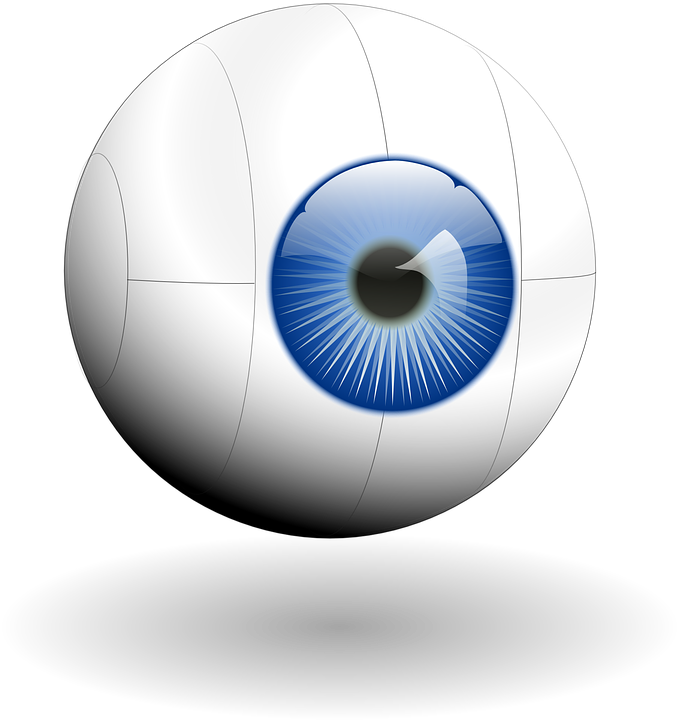
A recent study, affiliated with Ulsan National Institute of Science and Technology (UNIST), South Korea has proposed the possibility of in situ human health monitoring simply by wearing a contact lens with built-in wireless smart sensors.
This study has been jointly conducted at UNIST in collaboration with Kyungpook National University (KNU).
In the study, the research team unveiled a smart contact lens sensor that could help monitor biomarkers for intraocular pressure (IOP), diabetes mellitus, and other health conditions. The research team expects that this research breakthrough could lead to the development of biosensors capable of detecting and treating various human diseases, and used as a component of next-generation smart contact lens-related electronic devices.
Since blood sugar can be measured with tears, many attempts have been made to monitor diabetes with contact lenses. Despite numerous studies in the last several decades, the biggest drawback with conventional smart contact lenses was thought to be poor wearability. The electrodes used in existing smart contact lenses are opaque, and therefore obscure the view when wearing it. Moreover, because they lens-shaped firm plastic material, many people complain of comfort issues with contact lens wear which made wearing them impossible.
Using this sensor, patients with diabetes and glaucoma may one day be able to self-monitor blood glucose levels and eye pressure. Through the embedded wireless antenna in the contact lens sensor, patients can also transmit their health information, which allows real-time monitoring of their health conditions, as well. In addition, because the system uses wireless antenna to read sensor information, no separate power source, like battery is required for the smart contact lens sensors.
The contact lens sensor characteristics are not changed when the lens is deformed. Even when the sensor exposed to various materials in human tears the characteristics were maintained, and flexibility and stretchability were also excellent. Furthermore, since the electronic sensor is inserted into the soft contact lens, the feeling of wearing it is also excellent.




